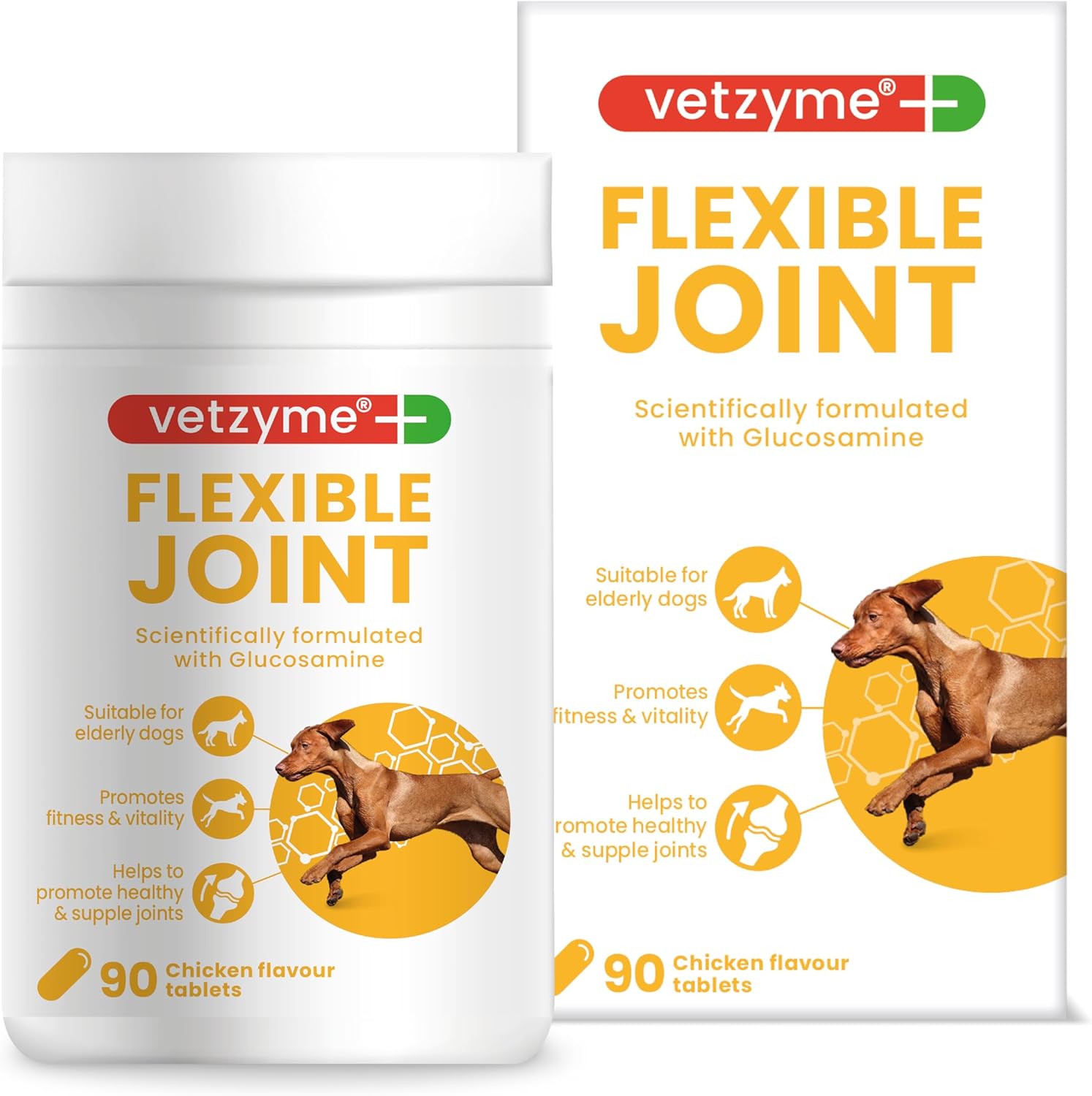About this deal
HSDs not only lead to pain where there is no injury but, importantly, also make people more prone to injury. Tendon injuries and dislocations occur more easily around joints which are less tightly supported. HSDs can be a problem for young people and for adults. This is not only because of its symptoms, but also because of its possible complications. As a child, did you amuse your friends by contorting your body into strange shapes or could you do the splits? Most people with hypermobile joints won’t experience any problems and won’t require any medical treatment or support. Pauker SP, et al. Clinical manifestations and diagnosis of Ehlers-Danlos syndromes. https://www.uptodate.com/contents/search. Accessed Aug. 12, 2020.
Hypermobility spectrum disorders (Joint Hypermobility
Loss of fitness may lead to weight gain, low mood, a sense of exclusion and difference, and loss of self-esteem. This can be a vicious cycle as frustration sets in when trying to increase exercise and makes things feel worse. Other symptoms Ehlers-Danlos syndrome (EDS) is the name for a group of uncommon conditions that affect connective tissues. There are four main types of EDS, most of which can affect the joints in some way. Joint hypermobility is very common. Hypermobility means your joints can move beyond the normal range of motion. You may also hear the term double-jointed. This means your joints are very flexible. The most commonly affected joints are your elbows, wrists, fingers and knees. Alternatively, non-steroidal anti-inflammatory drugs (NSAIDs) such as ibuprofenmay help in some cases. For more informationabout the specific treatments for some of theproblems associated with JHS, see:For some people with JHS, flat feetcan be a problem. If someone has flat feet, that person has no arch inthe inner part of their feet, which can put a strain on nearby muscles and ligaments (tissue that connects bones together at a joint).
Joint hypermobility | NHS inform
Pare, Caroline. Caroline Zhang in 2008 Skate Canada International. 2008. https://web.archive.org/web/20120724082853/http://everythingskating.com/. Wikimedia Commons. Web. 4 Dec. 2010. Tiredness is common in young people with an HSD. They need to understand that being tired doesn't necessarily mean they need more rest. In fact, tiredness sometimes shows that the body needs to increase fitness. Gradually increasing activity levels is the most effective treatment for daytime tiredness. Before doing so it is important to make sure there is no injury, particularly if your child's pain seems worse. Injury is usually obvious because of increased heat, swelling and sudden worsening of pain. The pain of HSDs tends to be symmetrical (occurring on both sides of the body) and the 'same as usual'. Much worse pain, pain just in one place, or pain with heat, swelling or bruising, or muscles and joints that your child cannot bear to move, suggest injury.The aim of treatment, whether from a physiotherapist, doctor, PE teacher or sports coach, is to help children treat this condition themselves. Most children with mild symptoms will recover with parental and school support, without the need for other professional help. Rarely, children with HSDs develop hernias and other physical signs of muscle weakness, although this (like dislocation) is more likely to be seen in EDS than in the HSDs.
Hypermobile Joints: Causes, Treatments, and Relief - Healthline
The first aim of treatment is aimed at strengthening the muscles that need to support the hypermobile joints. This will improve posture, strength and fitness for most children. It can be difficult for young patients to persevere with this, since exercise hurts and increasing exercise hurts more. This can be difficult, as it involves exercising through some pain whilst recognising when to stop, since children with the condition are at greater risk of damaging their joints and muscles. An occupational therapist can also suggest waystoadapt your home tomake moving around easier. For example, if using stairs is a problem, fitting special grab rails may be recommended. Podiatry Awide range of physiotherapy techniques can be used. You may be advised to follow an exercise programme that includes strength and balance training, special stretching techniques and advice about pacing.
Thank You
Collagen is a type of protein found throughout your body – for example, in skin and ligaments. Ligaments are tough bands of connective tissue (fibres that support other tissues and organs in your body) that link two bones together at a joint. They strengthen the joint and limit its movement in certain directions. Marfan syndrome: A condition that affects your connective tissue. A defect in the gene responsible for building fibrillin and elastic fibers — a major part of your connective tissue — causes this syndrome. If you have other symptoms in addition to hypermobile joints, yourGP may carry out a further assessment ofyour condition using the Brighton criteria, which can help determine if you have joint hypermobility syndrome (JHS). The Beighton score For more information, see the separate leaflet called Growing Pains. What causes joint hypermobility?
 Great Deal
Great Deal 